The En passant rule was invented between 1200 and 1600 in Europe (some sources specifically state 1561), along with the introduction of the two-square first move for pawns, castling, and the unlimited range for queens and bishops.
However, it was only officially accepted into the FIDE rulebook in 1880.
The motivation for En passant was to prevent the newly added two-square first move for pawns from allowing a pawn to evade capture by an enemy pawn.
Specifically, the rule allows a pawn on a player’s fifth rank the opportunity to capture the opponent’s pawn on an adjacent file that advances two squares on its first move as though it had advanced only one square.
It’s like a real war situation where if one army moves a unit near the enemy army, the enemy army is likely to respond with “fire.” In chess, this “fire” is expressed by capturing.
Let’s understand this better:
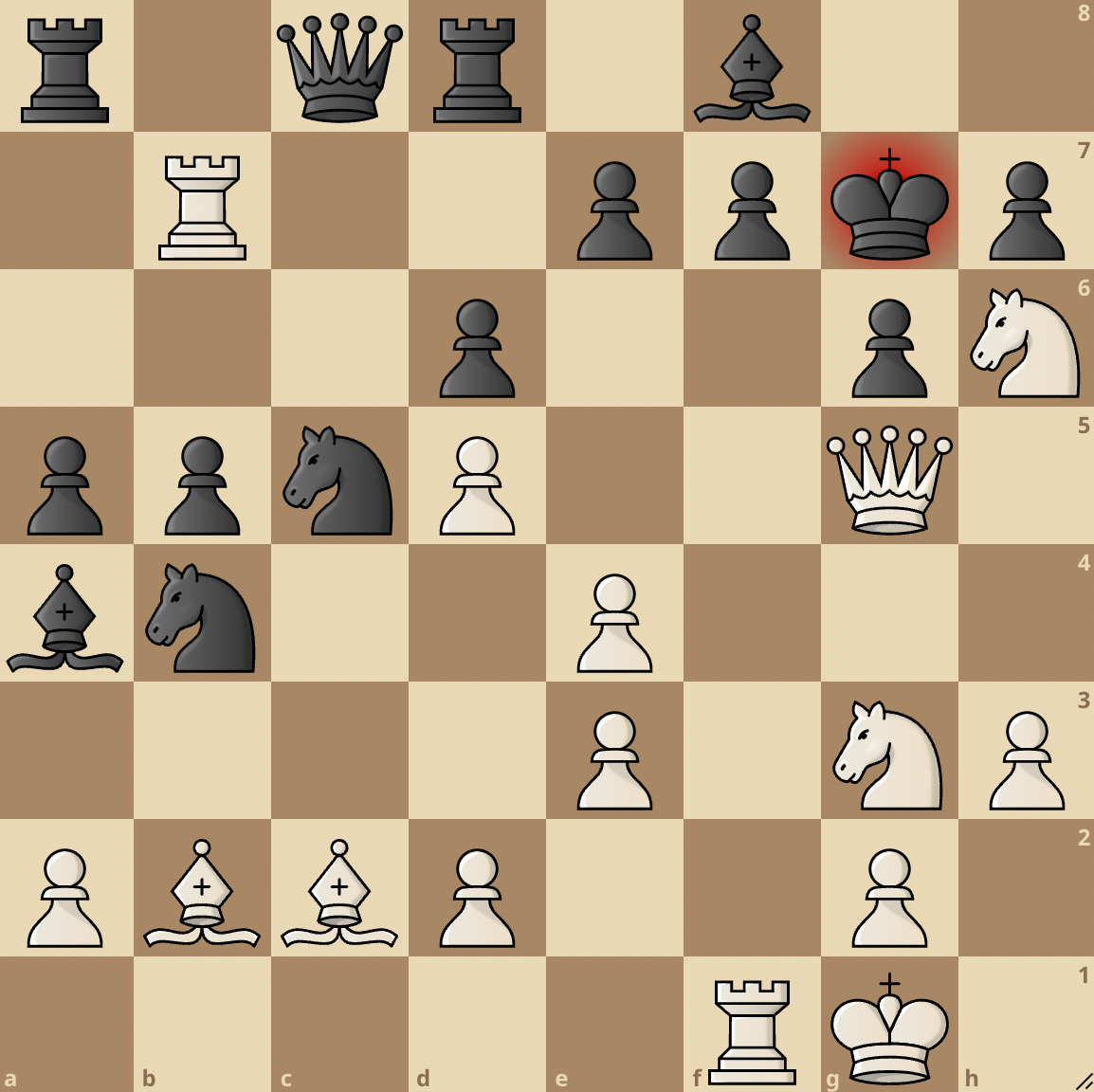
In this position, White is absolutely winning. It’s actually a popular position that shows the effectiveness of the En passant move.
White last move was 1. Bb2+ checking the Black king which surprisingly has no squares to run to, neither can he capture the b2 bishop with any of his pieces.
The only forced move is the pawn block 1…e5.
(1…f6 is also possible but White mates with 2. Bxf6# as the pawn on e7 cannot recapture due to the pin by the White rook on b7.)
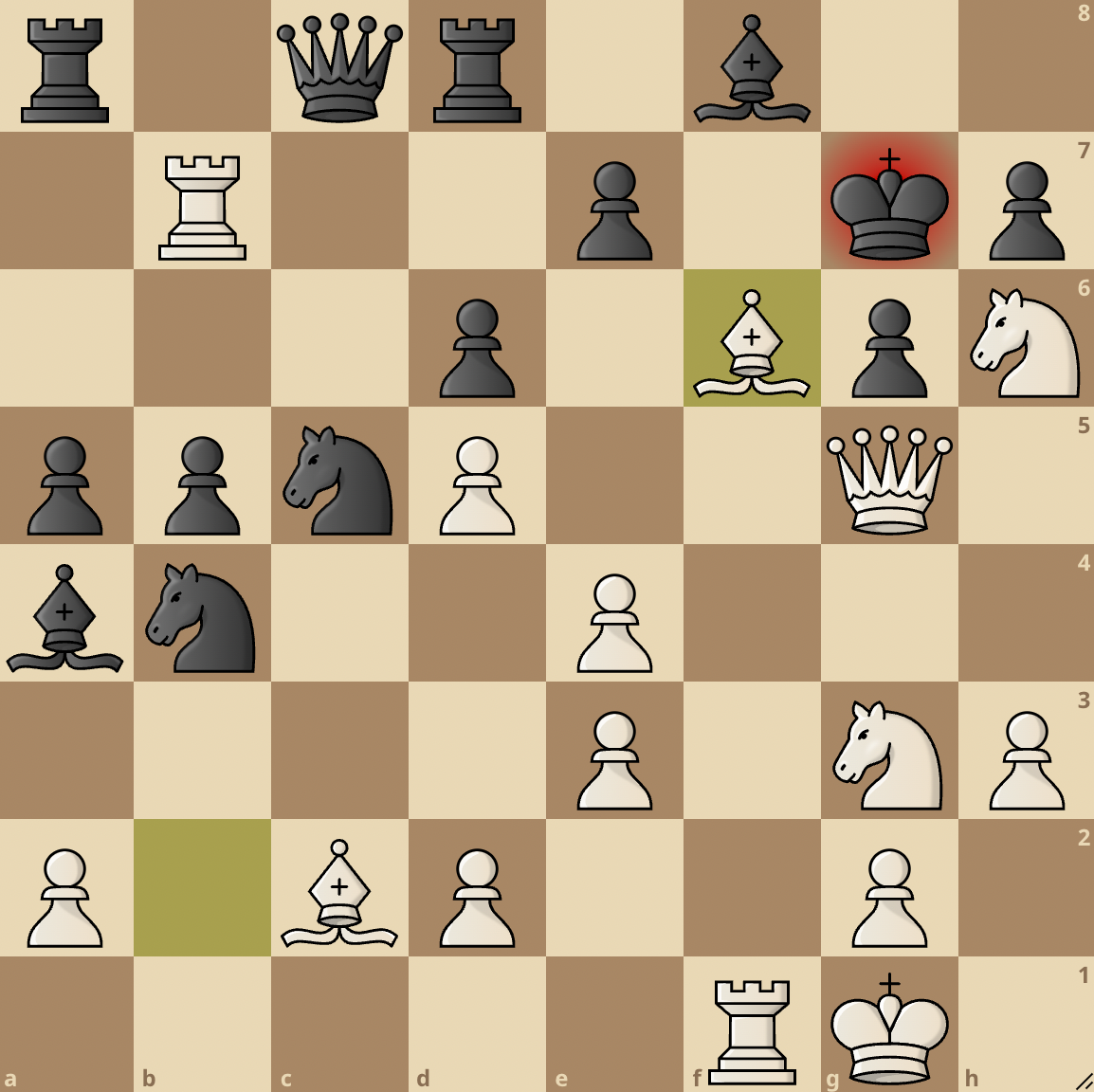
This is the position after 1…e5
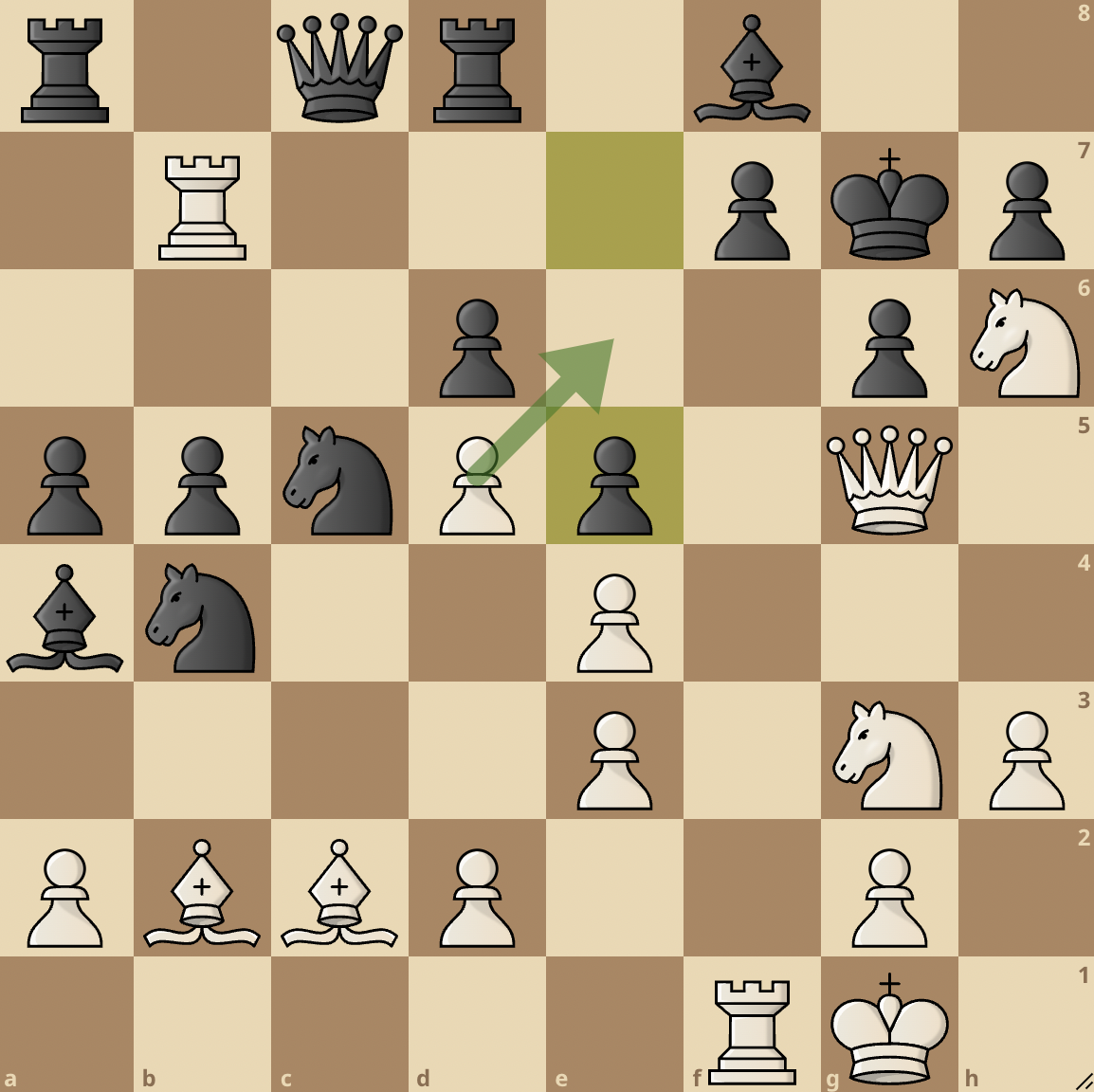
If the En-passant move wasn’t legal, Black could actually get away with that pawn push. However, since the pawn on e7 has advanced to e5, just adjacent to the White pawn on d5, White can capture it and move a square forward.
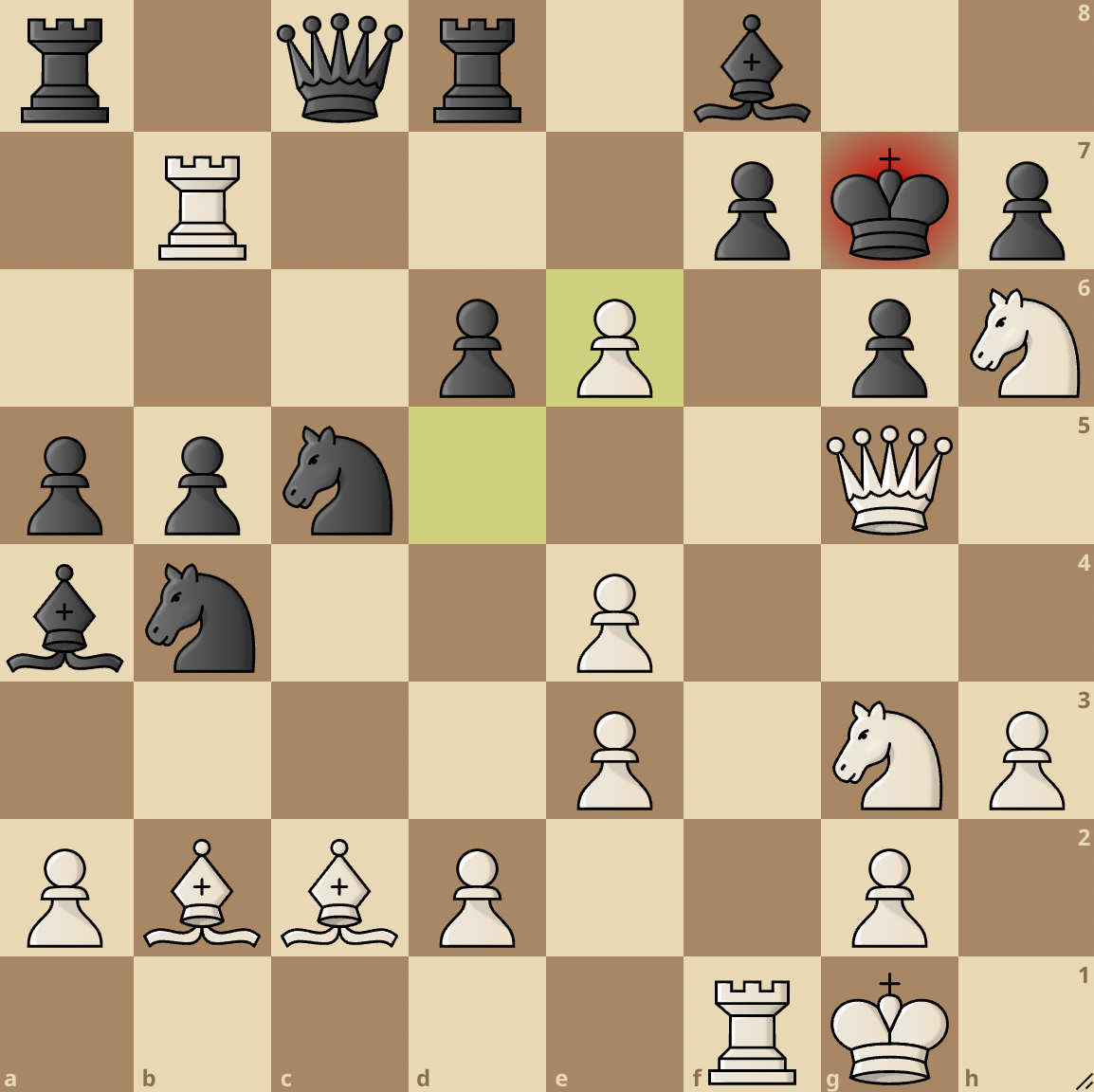
In other words, you simply capture the pawn with your pawn on the fifth rank just the same way you’d capture it if it stopped on the sixth rank.
As we can see, the En passant rule was introduced to prevent players from locking up the chessboard with pawns and to drastically speed up the game.
Let’s see another interesting example.
Consider this pawn structure in an endgame:

At first glance, we can see that both sides have the same number of pawns and it should look like a draw.
Unfortunately, there’s no draw here as White completely wins. The chess engine even declares a mate in 15 for White here.
White’s idea is to use the f4 pawn as some sort of lever to break up Black’s supposed fortress. The White King then comes in to finish it up.
See the complete variation below. Click the moves or move the board around for a better interactive experience.
But they both have equal pawns? Why does White win?
If you observe carefully, you’ll see that White pawns are more advanced than that of Black. In fact, the Black pawn on a7 is so bad that it can’t move forward without getting captured by White’s b-pawn via the En passant rule.
But what if the a7 pawn could actually move to a5 with no danger involved?
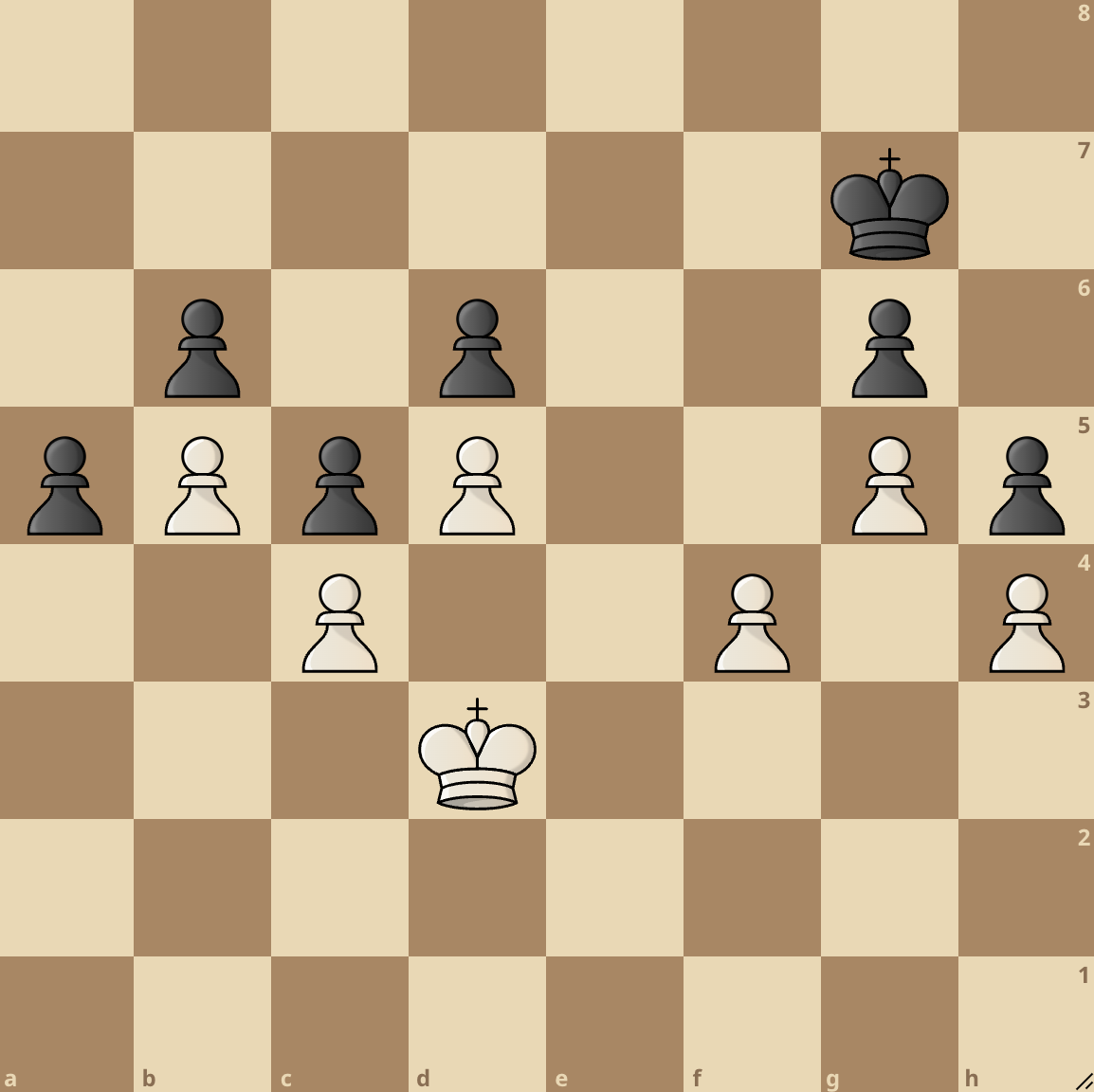
The engine evaluation automatically drops to 0.0. It’s a dead draw.
White can’t proceed with his plan of playing Ke4, f4-f5, fxg6, Kf4, Kf5, g6 etc.
The reason is simple. There’s a new factor in the equation – the advanced a-pawn.
If White happens to stray far, the a-pawn will queen without any difficulty due to a lack of opposing pieces.
Hence the White king is forced to stay behind to babysit the a-pawn, the Black king can’t proceed into White’s territory hence it’s a draw.
This example also explains why a rule like En Passant was invented.
Frequently Asked Questions (FAQs)
When Can You Play En passant?
En passant cannot always be played when opposing pawns are adjacent. There are some requirements:
- You can only take by En passant after the pawn you want to capture has moved. If you don’t do that on the very next move, you’ll forfeit the ability to do so,
- If you ended up in the same ‘En-passant like position’ without your opponent actually moving their pawn up two spaces, you can’t use the rule.
- Both pawns must be on the fifth rank (if you’re playing White) or fourth rank (if you’re playing Black).
- En passant play is only possible for pawns. You can’t take any other pieces.
How To Notate En passant?
In algebraic notation, en passant is notated the same as a pawn capture.
To notate a pawn capture, write the file the pawn started on in lowercase, followed by an “x” to signify the move was a capture, then write the square the pawn is now on (e.g. bxa6).
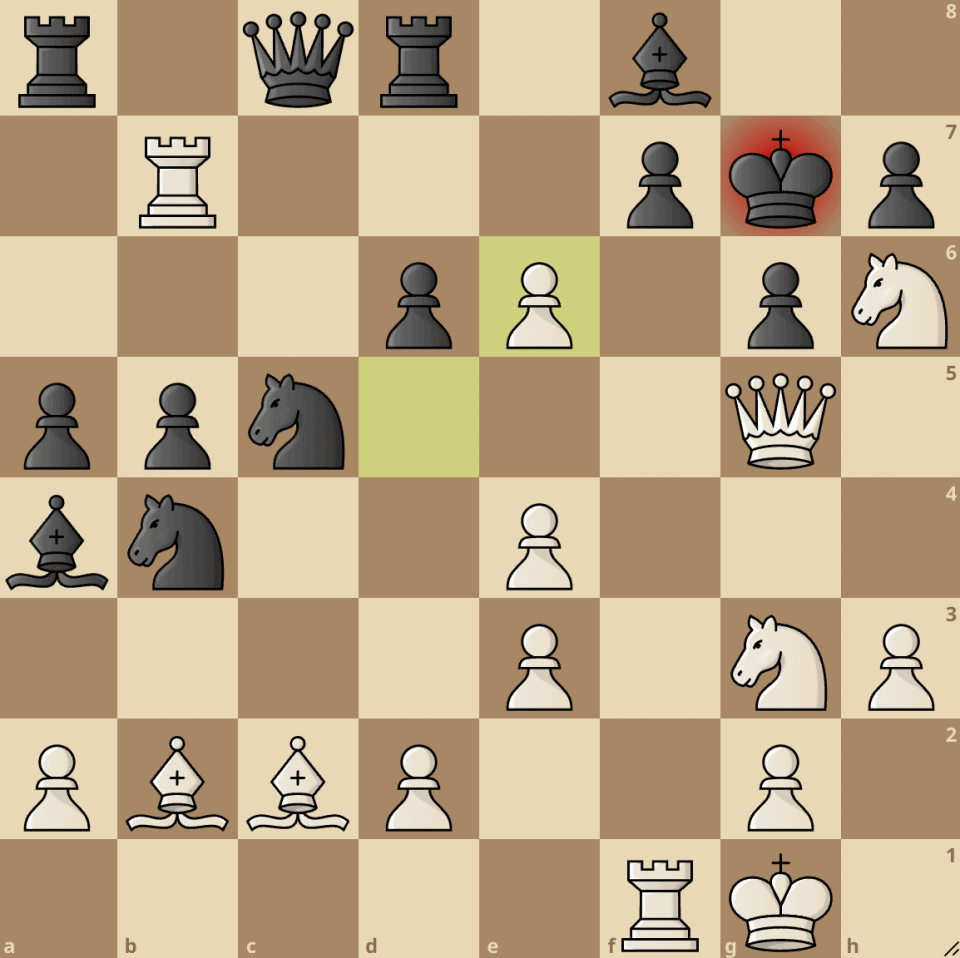






join the conversation